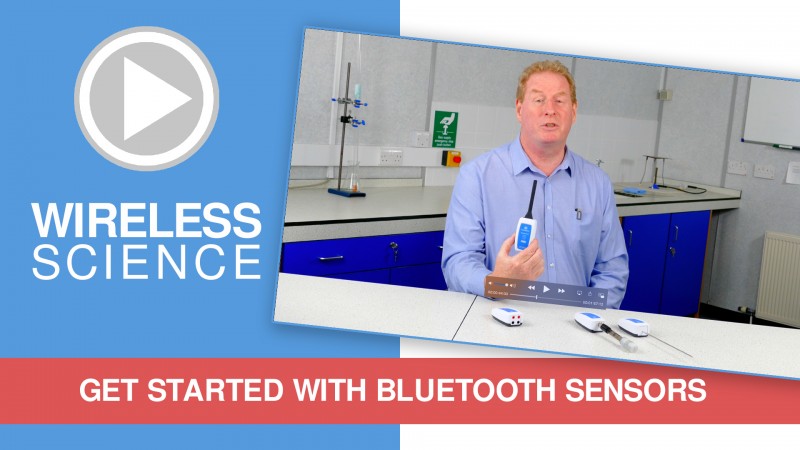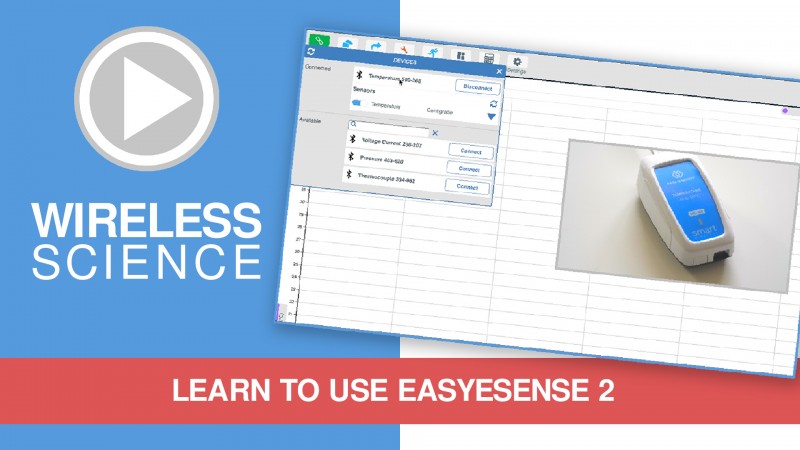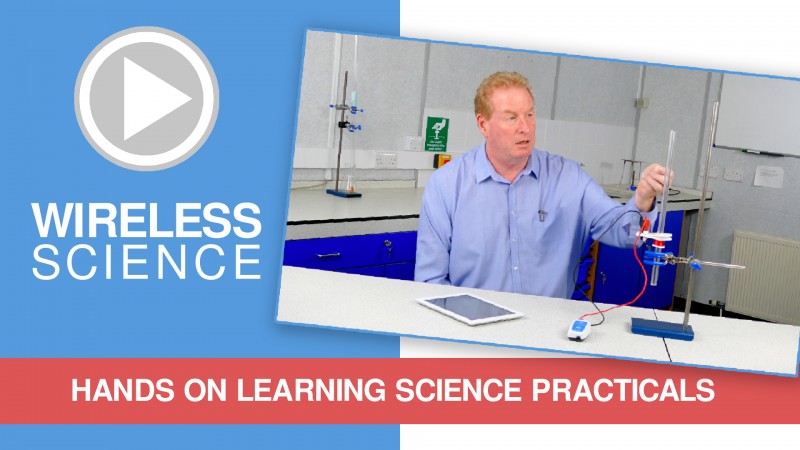Practical Investigations
The Smart Wireless Colorimeter and Turbidity Sensor can be used to investigate a range of diverse scientific experiments:
- Rates of chemical reactions: determination of the rate and order
- Finding the value of an unknown concentration by the Lambert-Beer Law
- Investigations with enzymes: effects of temperature pH, inhibitors, enzyme kinetics
- Quantitative determination of biological molecules – sugars, protein, vitamins
- Quantitative determination of inorganic ions – nitrate, phosphate, chlorine, bromine
- Population growth of micro-organisms
- Cleanliness measurements of water
- Dosing biomass growth
- Algae bloom
- Phytoplankton development
- Sediment erosion
- Mud and silk deposition post storm activity
Example Data:
1. Demonstrating Turbidity Development: Sodium thiosulphate and hydrochloric acid, monitored using the turbidity function. The reaction produces a deposit that develops in time.
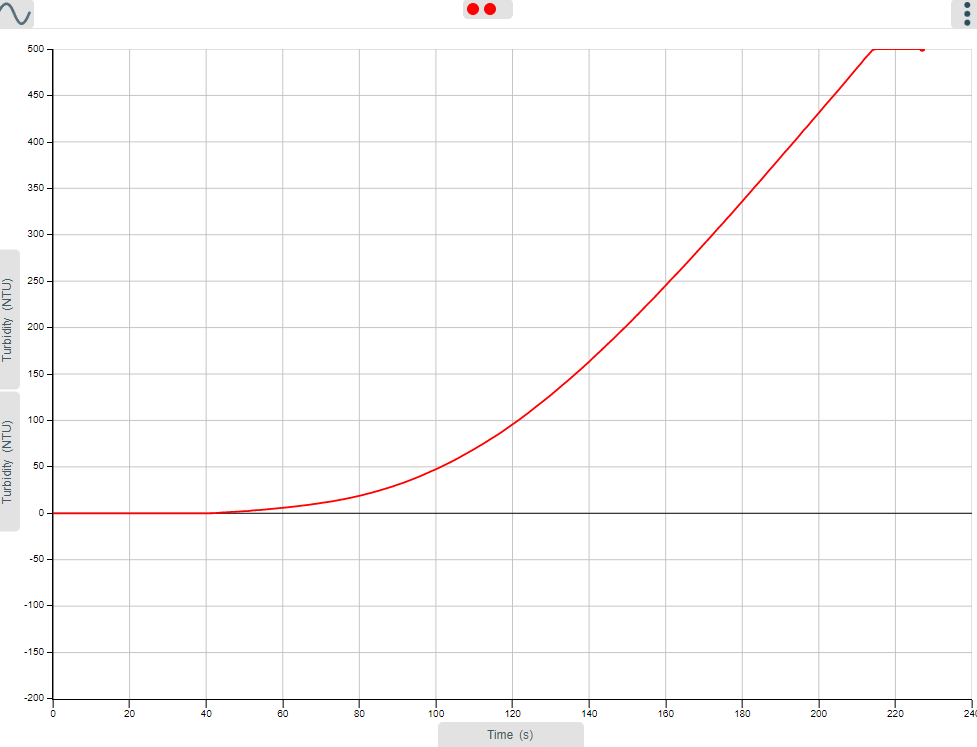
2. Demonstrating Reaction Rates: Sodium thiosulphate (variable) and hydrochloric acid Reaction, monitored using the colorimeter.
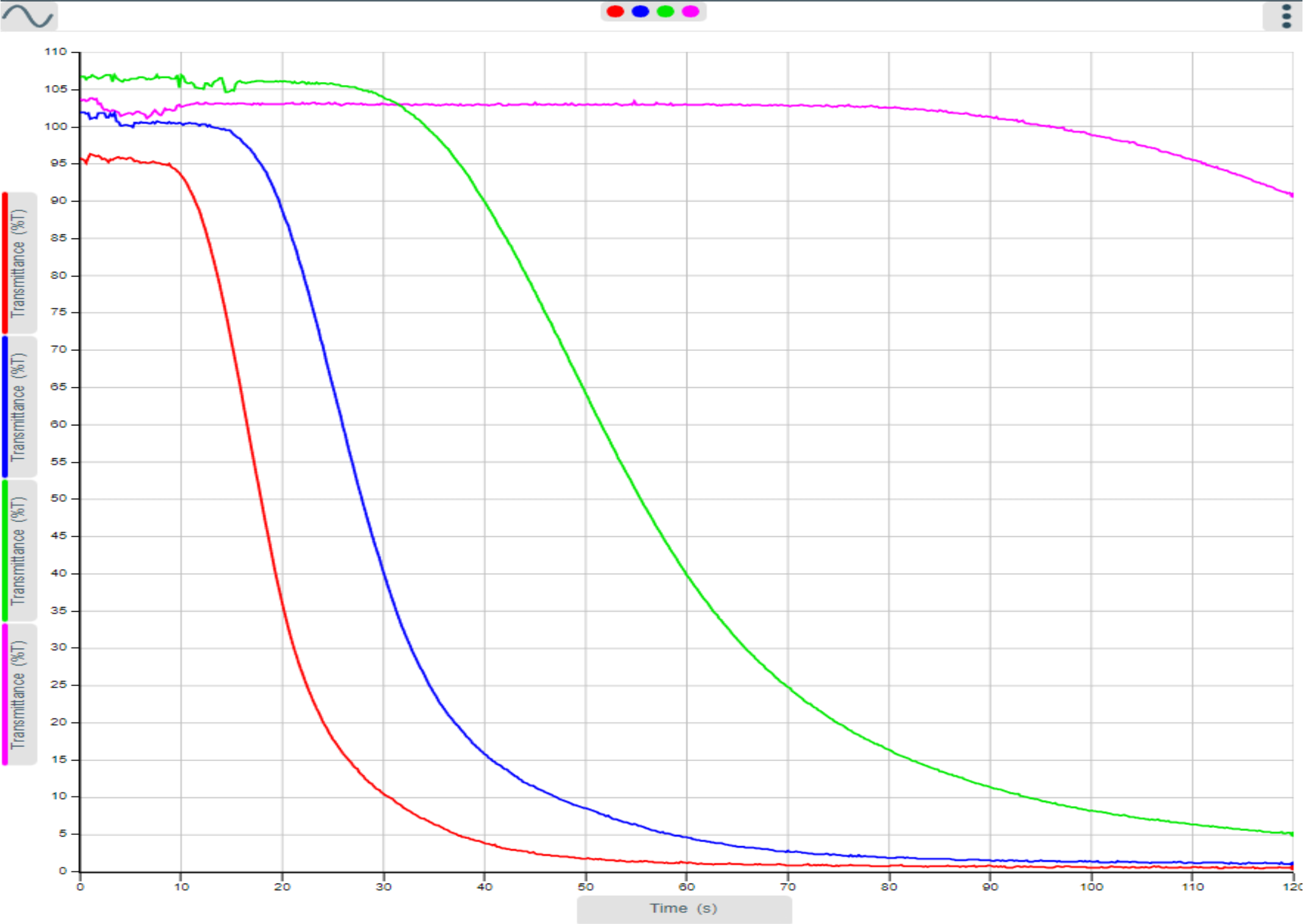
3. Storm surge turbidity measured days following the event.
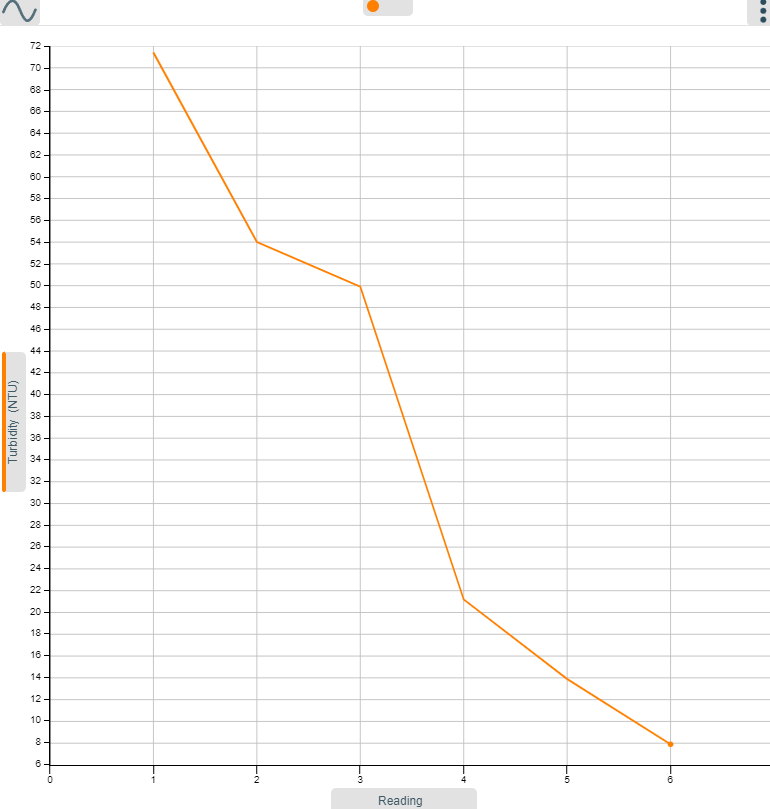
Online Videos
Learn how to use data logging in the classroom with our Secondary Science Academy demonstration videos, which will walk you through using the new EasySense app and show you how to get hands-on with the latest Bluetooth wireless sensors. The video experiments will show you how to get the best out of your science lessons.
New online content is being continuously uploaded onto our YouTube channel, including practical worksheets as well as videos.
See our website for further information and links.
Explore Bluetooth SensorsAre you looking to make the jump to our smart wireless sensors? Or have you recently purchased them and want to know more about how they work? |
|
Explore EasySenseThe core of our science platform is our EasySense app. In these videos you will learn everything from the basics of our software to the most in-depth features. |
|
Explore Science PracticalsSee our Smart Wireless Sensors in action with a range of practical experiments. This is the best way to get started with the new Bluetooth sensors! |

